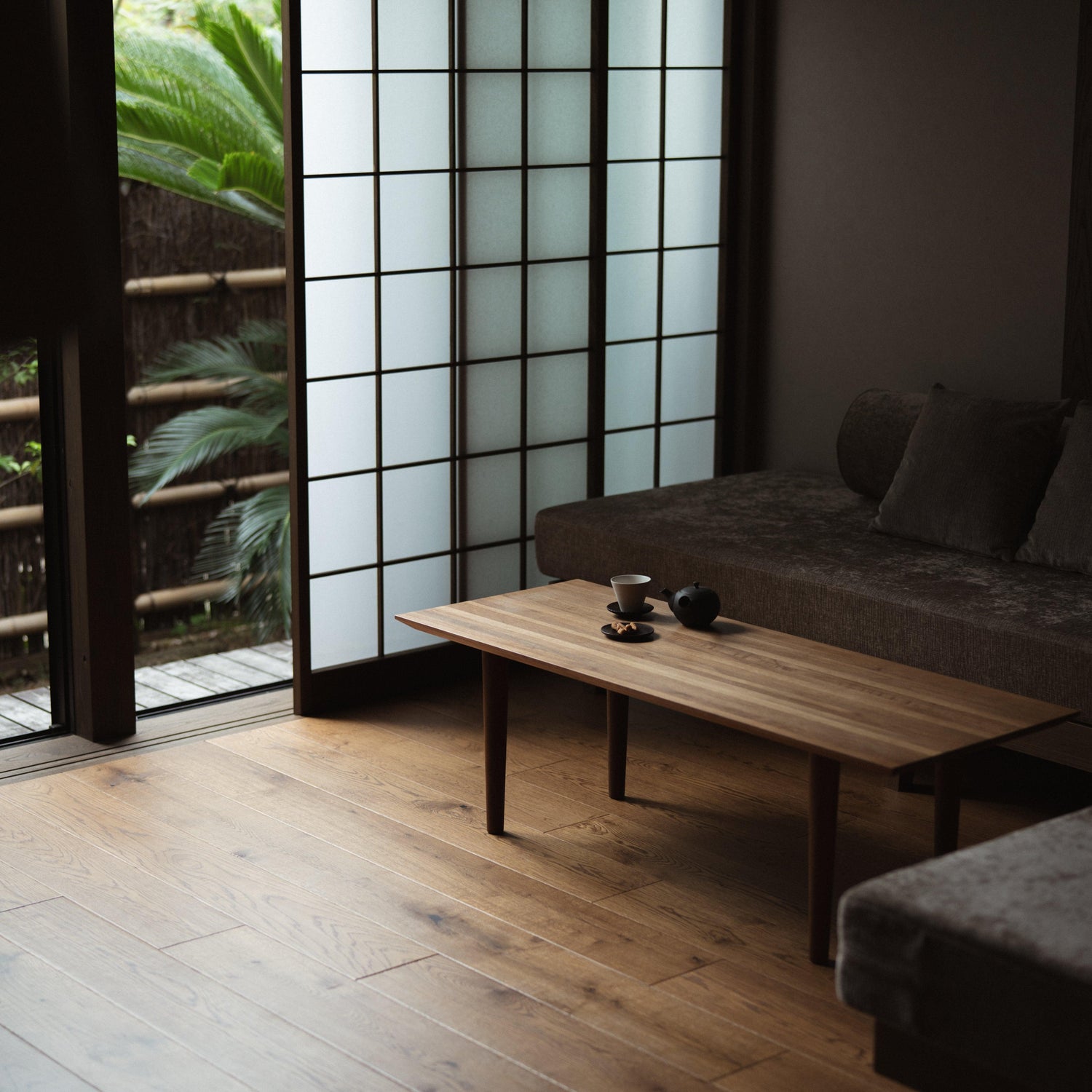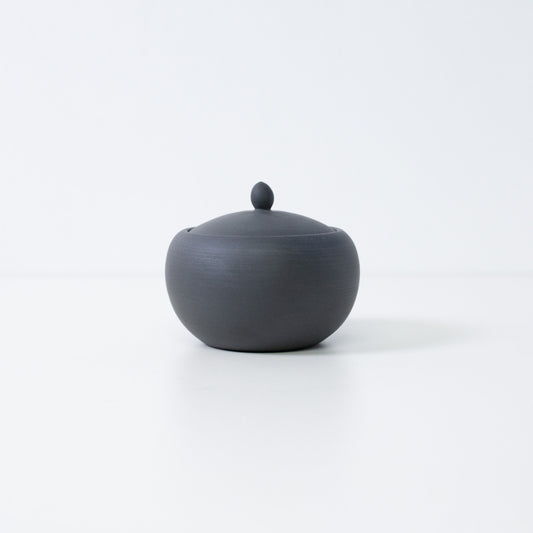
Japanese Incense: History, Types & How to Enjoy
Share
Japanese incense holds a very special place, backed by a deep history and culture. The history of incense begins in the ancient Orient, passing through Mesopotamia and ancient Egypt, to India and China, before finally reaching Japan. In Japan, incense made from traditional Japanese wa-woods has become popular for relaxing times at home. This article comprehensively introduces everything about Japanese incense, from the basics to its appeal, how to choose, and how to enjoy it.
Table of contents
What is Japanese Incense?
Incense refers to aromatic substances enjoyed in forms such as sticks, kneaded incense, pressed incense, and applied incense, based on natural fragrant woods like agarwood, sandalwood, and others. These are broadly classified into types enjoyed with fire, like incense sticks, and those enjoyed without fire, like applying it on the body. Their uses range from everyday incense sticks to special occasions with cone-shaped incense, incense burners, aroma lamps, and even the summer tradition of mosquito-repelling incense.
Types of Japanese Incense Sticks
The ingredients of incense are divided into fragrant woods (like sandalwood and clove), aromatic resins (like frankincense and myrrh), and animal origins (like musk and ambergris). These materials are further classified into clear scents (from woods) and blended scents (kneaded and combined incense), each emitting its unique fragrance.
How to Use Japanese Incense

Incense can be used in various daily life scenes, such as welcoming guests, relaxation time, deodorizing after cooking, and moisture control. Especially, its relaxing and sleep-inducing effects can provide a momentary escape from busy daily life, offering time to be healed both physically and mentally.
Choosing the Right Japanese Incense

From the noble scents of agarwood and sandalwood to the calming scent of sandalwood, floral, and fruit scents, there are a wide variety of options to choose from according to mood and scene. Stick incense is convenient for beginners, serving as an ideal first step into the world of scents. In Japan, incense with the rich scents of Japanese woods like hinoki and kusunoki is very popular.
When choosing incense, it is important to consider not only the preferred scent but also the place of use, purpose, and price. However, for types that involve fire, it is necessary to be cautious of fire hazards and to pay attention to proper disposal after use. Considering allergic reactions and ventilation can also make enjoying incense safer. The deep history and culture of Japanese incense, along with its soothing scents, are one of its charms. Through this traditional item, why not add color and moisture to your daily life?











